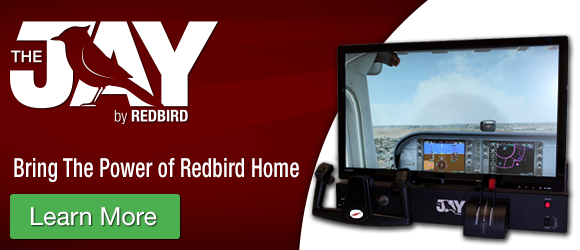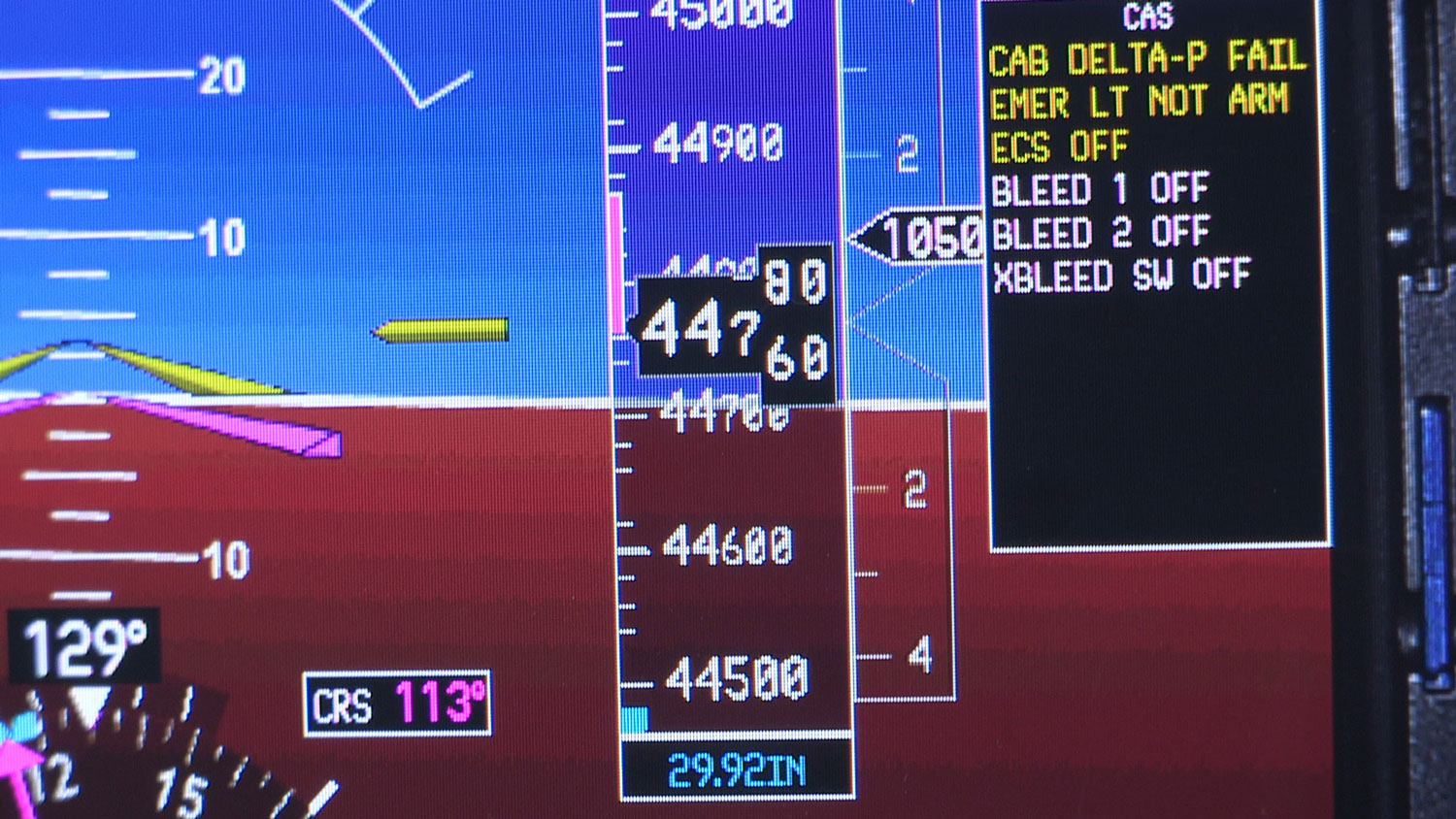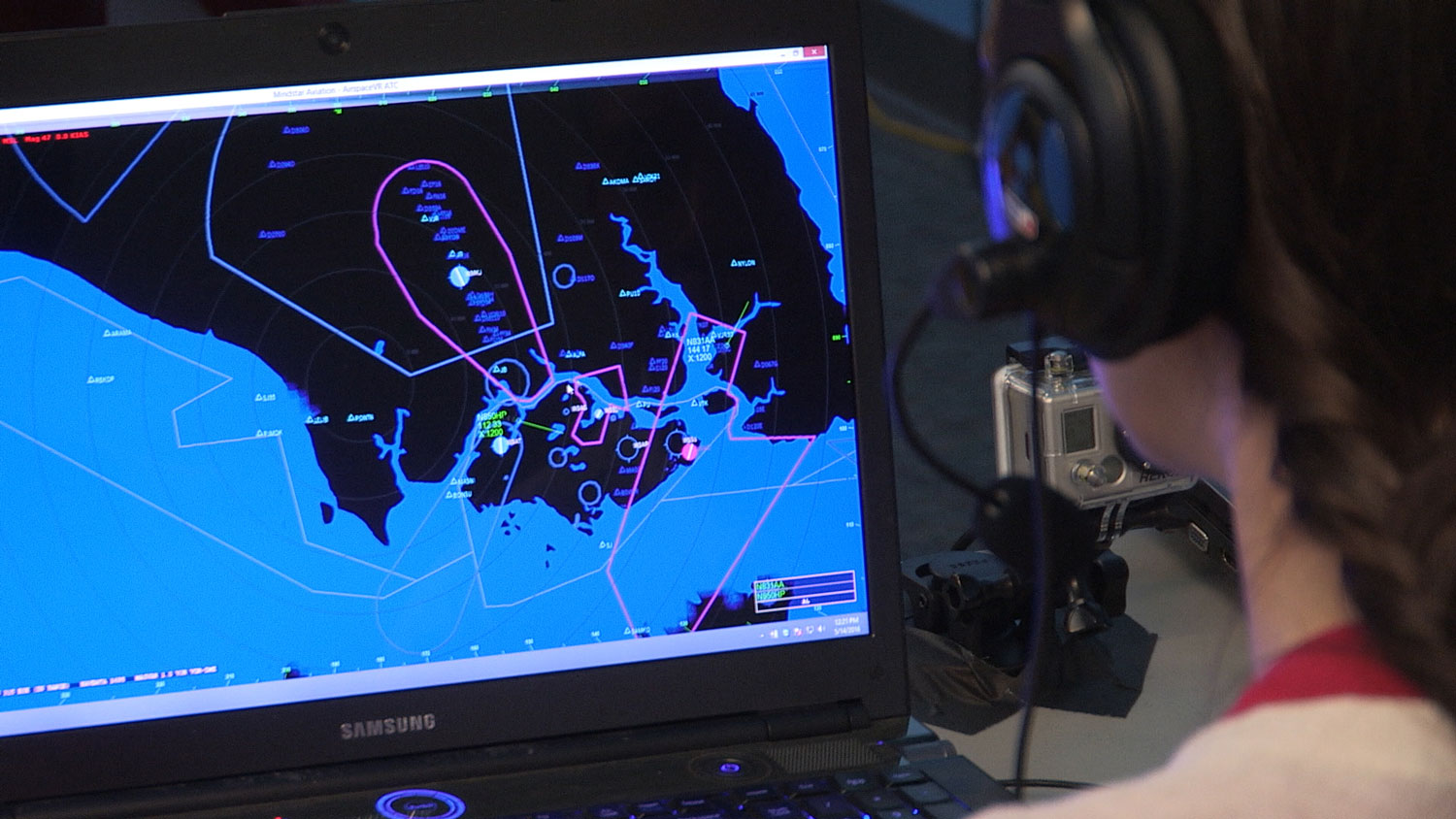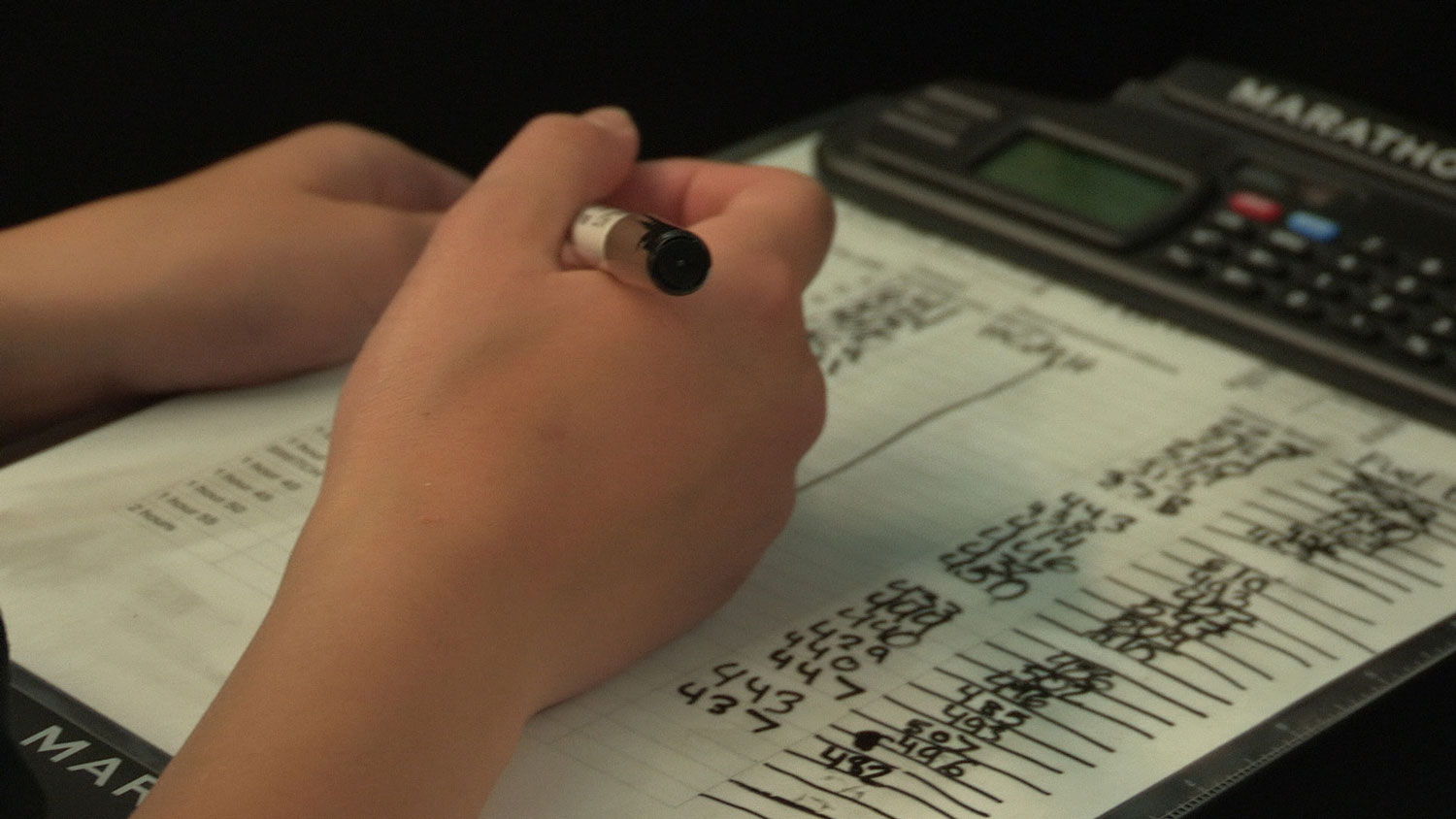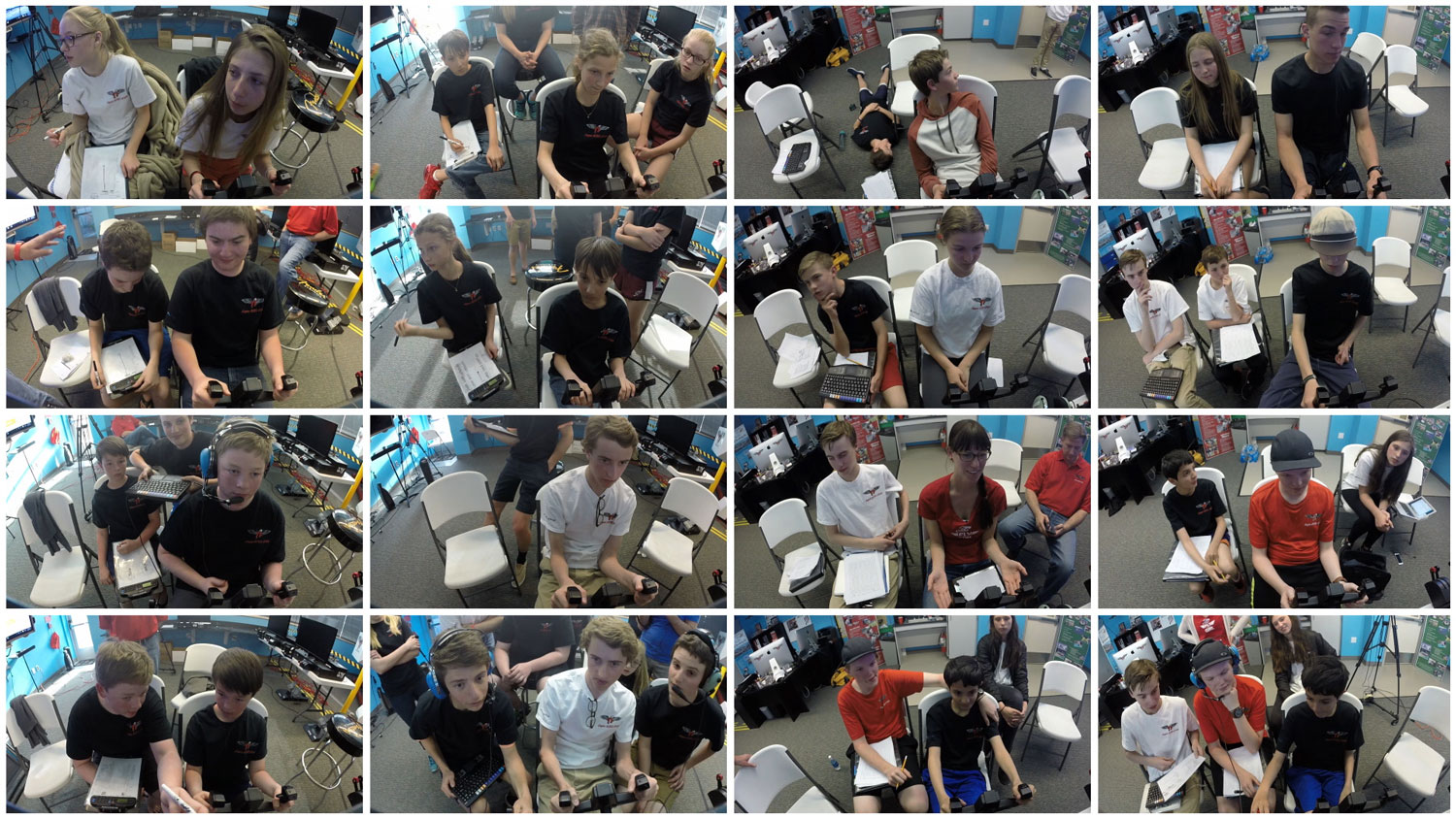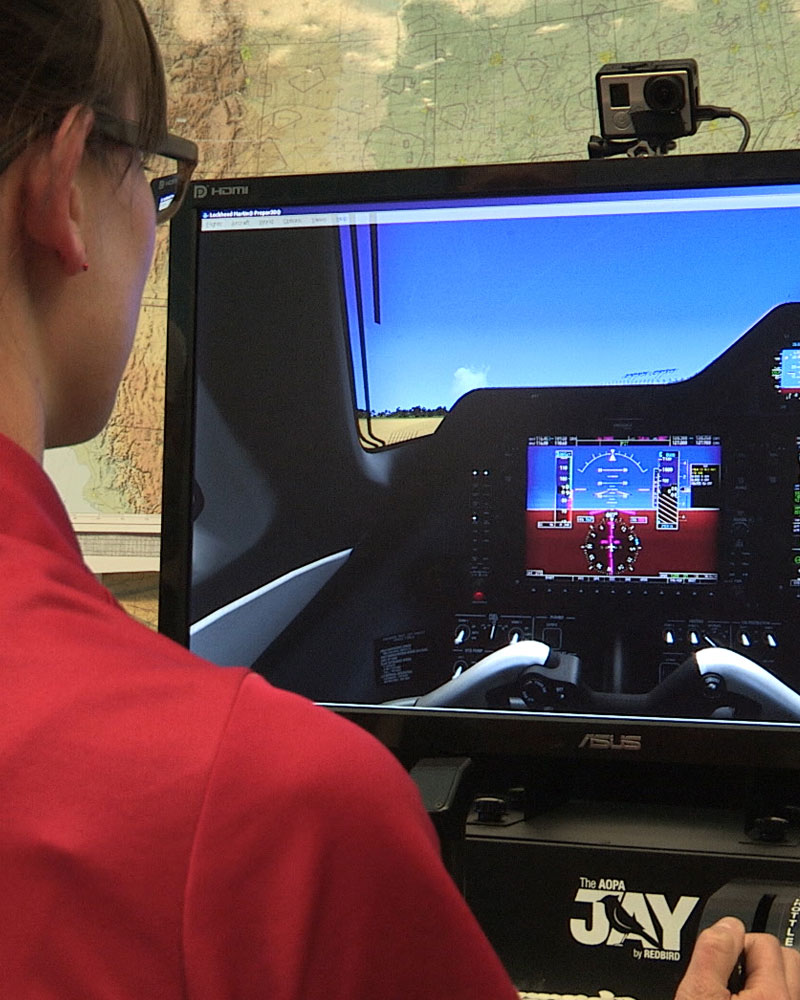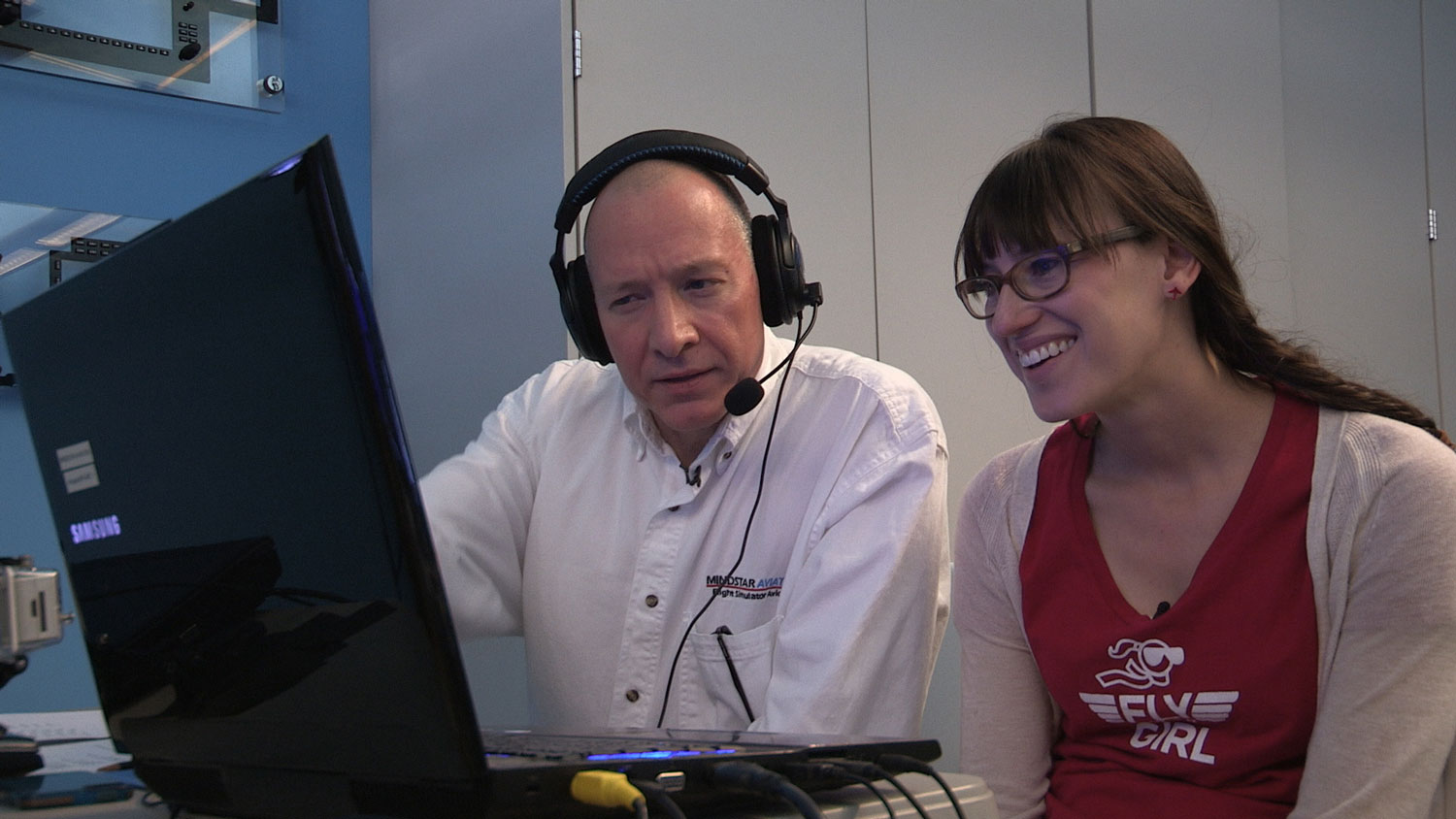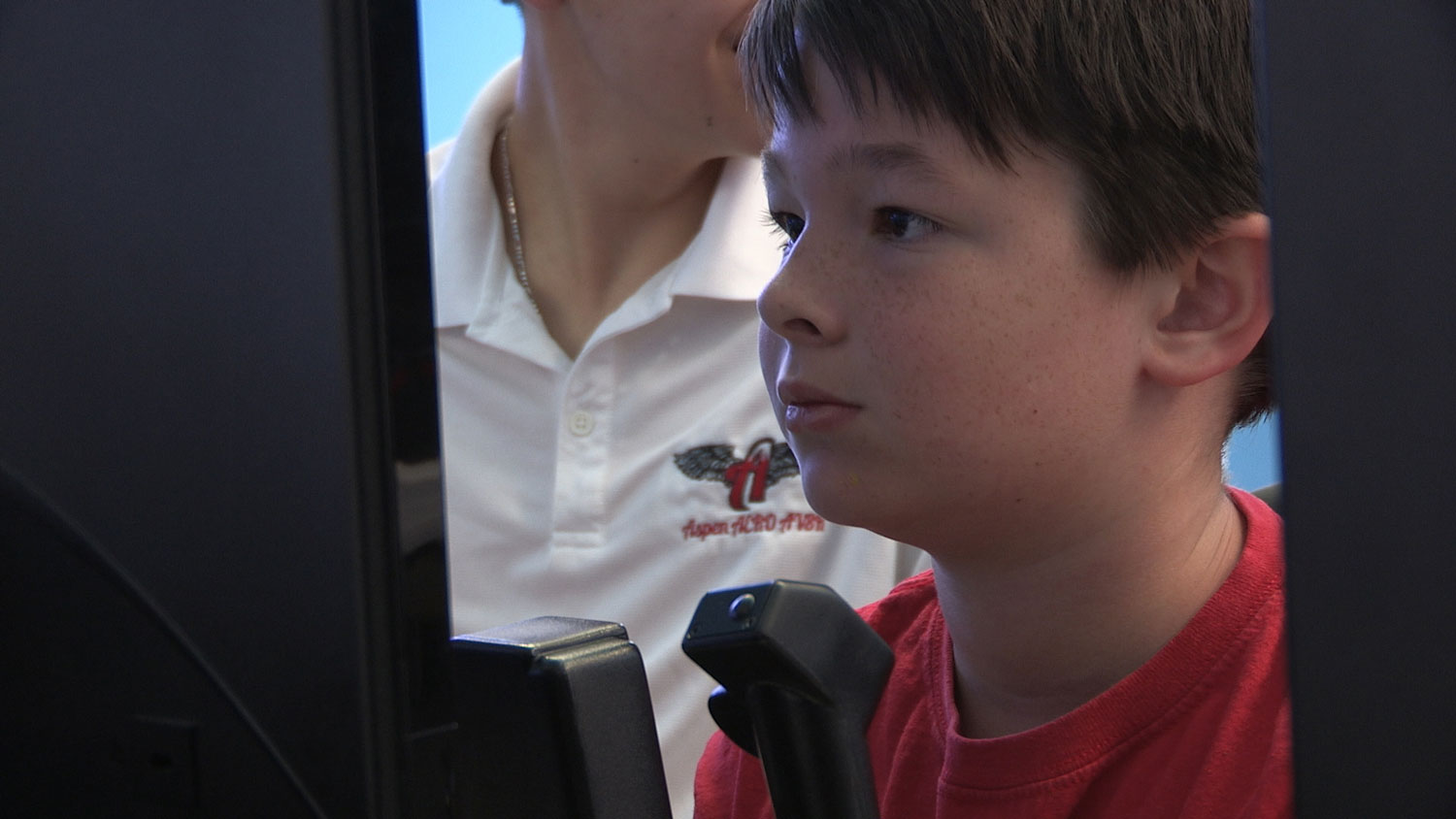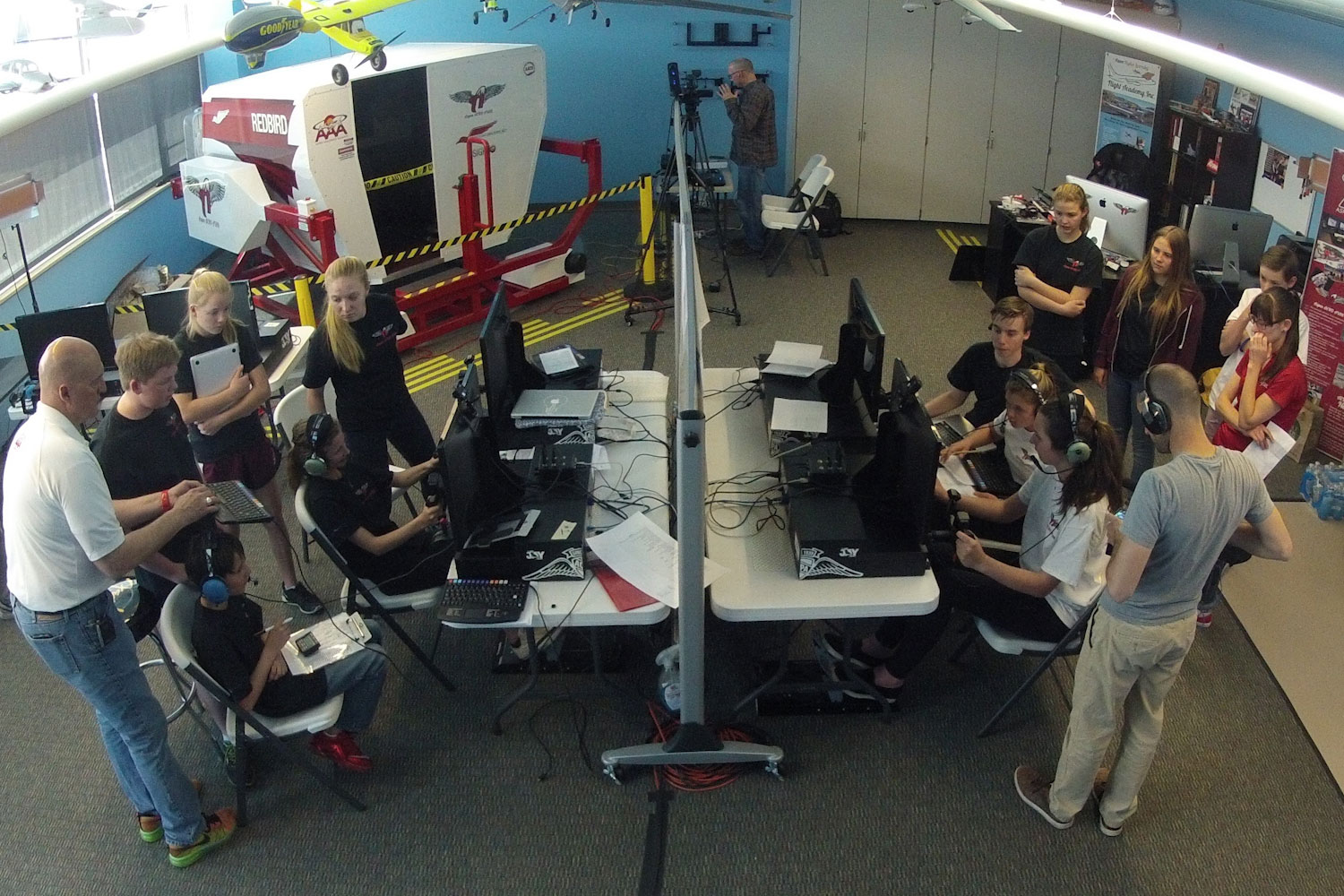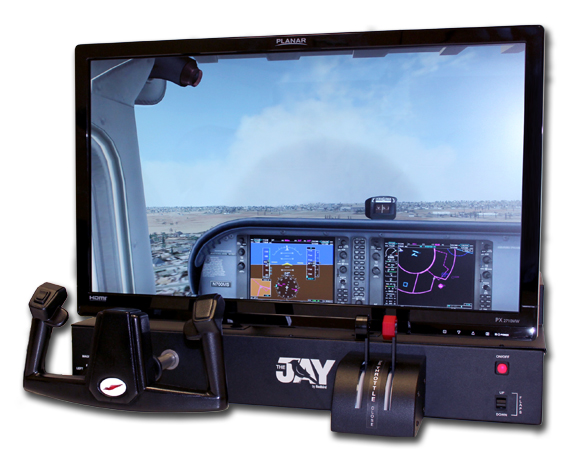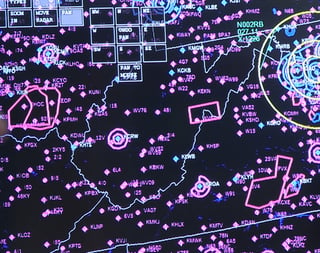It’s not hard to tell when you’ve seen something special. After spending nearly 48 hours with the middle school and high school students of Aspen, CO, I am nothing but impressed. The high expectations, the great tools provided, and the community support from teachers, fellow classmates and parents, contributes to what is truly an amazing environment for learning and growing.
The second Annual 48-hour ‘Round the World Challenge began at 4 pm on Friday departing from Liberia. The students flew planned routes to their final destination of Key West, FL with 4 pm on Sunday as the final deadline. Two teams, Red versus Black, consisting of middle school and high school students raced against one another as they circumnavigated the globe on a Redbird Jay simulator. I was assigned to the Red Team and had three legs to fly with other crew members throughout the challenge. My first leg was with Emma, an 8th grader and Red Team assistant captain. Emma was great at explaining to me what altitude to fly, so that we’d get maximum fuel efficiency and be able to fly some longer legs. Every 30 minutes we would switch seats from the flying pilot to the non-flying pilot, who would work the flight management system and perform any other duties needed. It was a good lesson in teamwork and crew resource management. For the entire challenge, the students (and I) were not allowed to turn on the auto-pilot, unless you wanted to be faced with penalty points. My team had meticulously planned out their route and built a custom spreadsheet to calculate fuel burn and efficiency. It was a work of art and if followed properly, we were sure it would carry us to VICTORY!
Students (literally) camped and slept in the hallways waiting for their turn to fly and waiting for the top-of-the-hour updates to find out which team was ahead and by how much. During the two days, I heard students coaching one another on how to talk to air traffic control, how to fly with a light touch to maintain consistency, and how to calculate your top of descent altitude for proper planning… things that many non-simulator flying pilots wouldn’t mind getting tips and advice on. It was such a neat feeling to be a part of it all. During my second shift flying, I was competing against a third grader on the Black Team, who I am told was better at holding a steady descent rate than me.
By Sunday morning, the Black team was in the lead but only by a few minutes. Unfortunately, during the night, both teams had some set-backs from self-induced GPS and FMS errors and some delays from sleeping crew members who were late to their shift. In the end, the Black team continued to build airspeed and ended up winning by a few hundred miles. Win or lose, it was such an extraordinary experience. This program was just one of many activities and projects that the students of Aspen get to participate in… from building model aircraft, to actually getting out to the airport fly in the program’s DA-40 airplane. The opportunities provided are sure to create future pilots, engineers, and air traffic controllers, and in general, good, smart human beings. The Aspen AV8RS program is expanding and works hard to share their methods and programs with other schools districts. I’m told that next year, another school will join the competition. I’m looking forward to it and will work on my steady descent rates until then…
